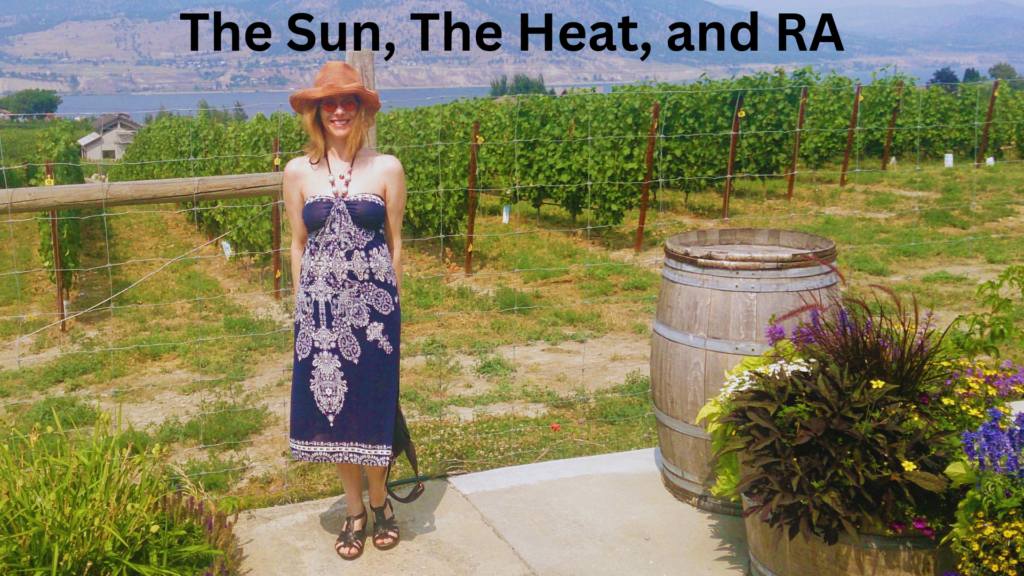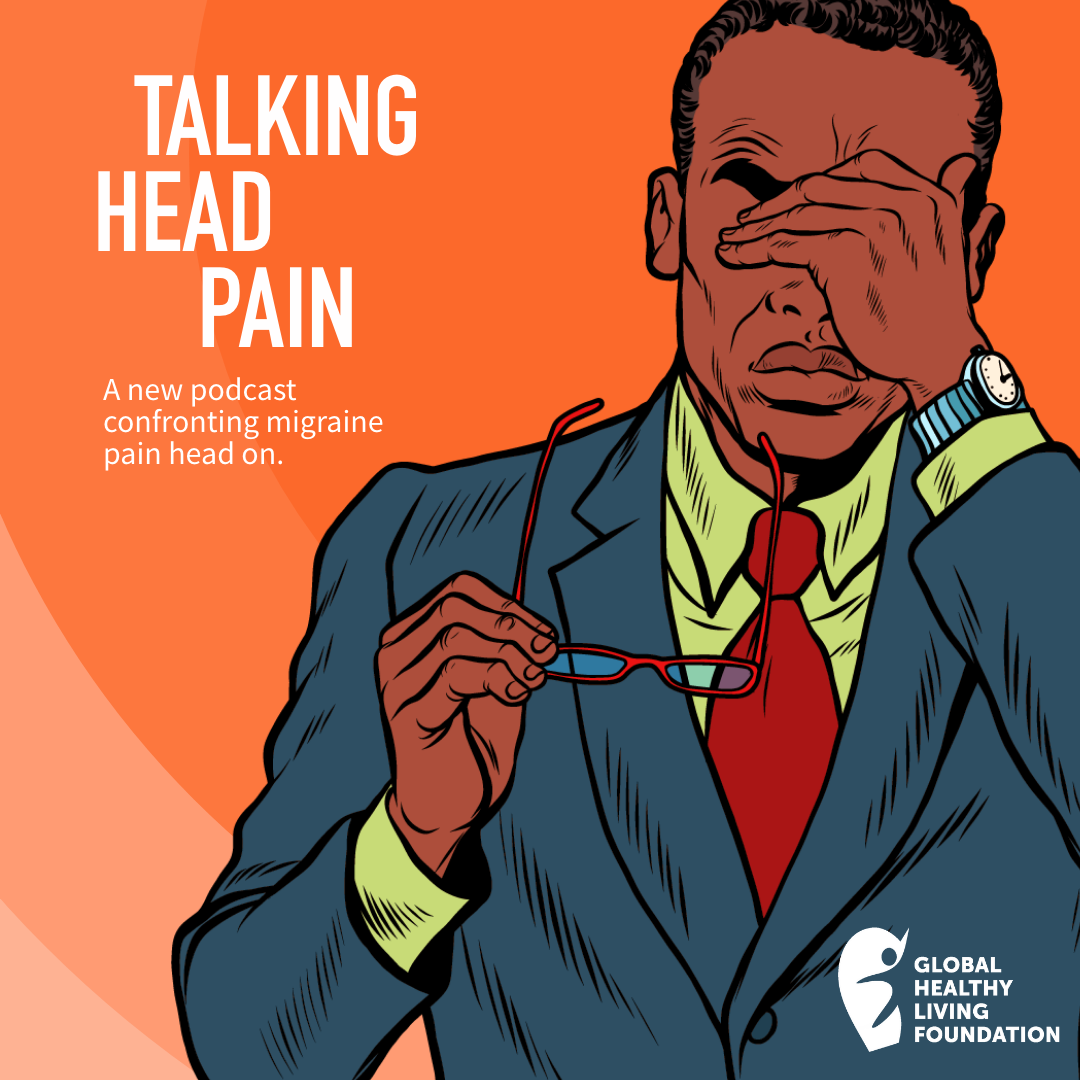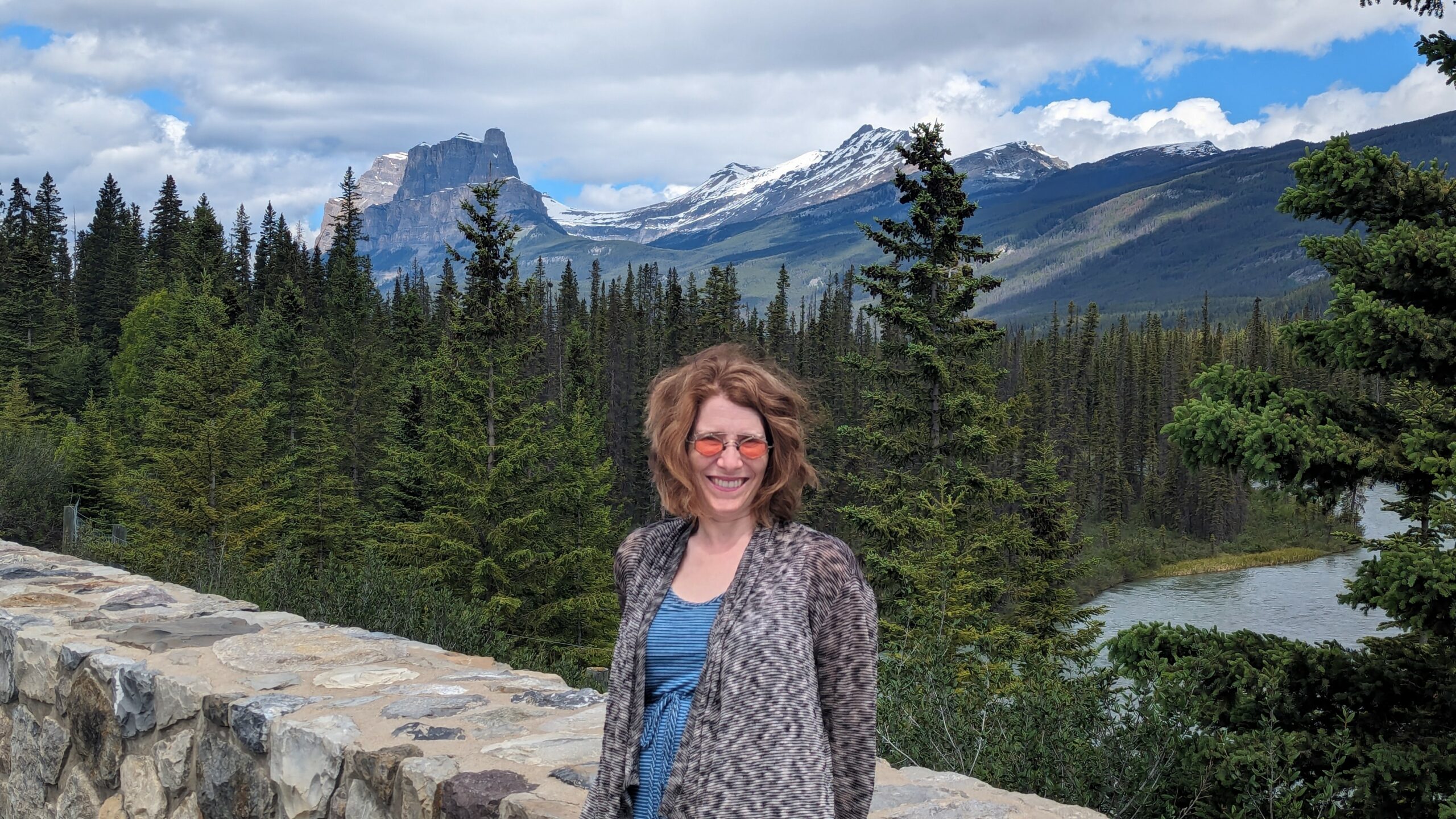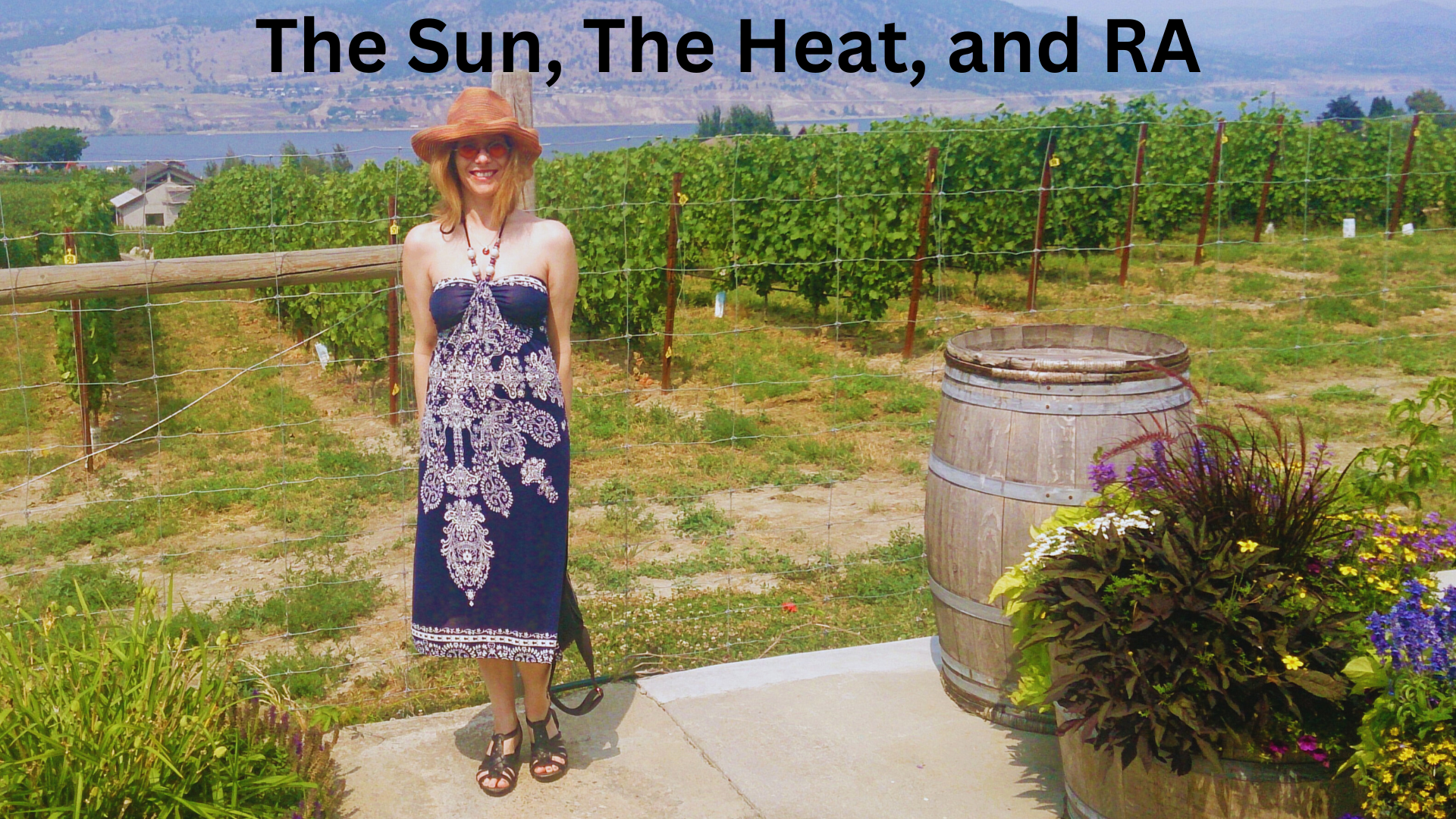

The afternoon sun streamed through the windows heating the dark interior of the car like a sauna. A patchwork quilt of brown hills and lush vineyards streamed through the windows.
Here in the British Columbia desert valley the temperature was topping out at 35°C. I had water and sunscreen, but after some hours of sitting by window in the rays of the sun, my skin was red with tiny bumps popping up on the surface.
This was not like any sunburn I’d ever had — as it turned out, it wasn’t a sunburn, but a photosensitivity rash from my medication.
Summer heat is generally my balm from the pain and stiffness of rheumatoid arthritis. While in winter I hibernate, in summer my rheumatoid arthritis is the one to hibernate — but there are exceptions. Humid heat for example, is like a storm cloud simmering in my joints but the dry heat reduces my pain and fatigue. Read what our community says about summertime struggles.
How each of us respond to the heat with rheumatoid arthritis (RA) is unique to us. For some, the heat triggers a flare, while others find it to be soothing. Summer happens every year, and love it or hate it, here are some ways we can deal with it.
Wearing Sunscreen
Our skin is the biggest organ on our body. It is exposed to all the elements, and we put our skin through a lot. It’s through our skin that we absorb Vitamin D from the sun, which our body needs, but we need to find a balance to limit our exposure to avoid sunburn.
Every sunburn is new damage to our skin. Sun damage leads to liver spots, age spots, premature aging, and skin cancer — and let’s not forget how painful a bad sunburn can be.
I wear a sunblock with a sun protection factor (SPF) of at least 60 if I am going to be out in the sun. If sunscreen is not an option, there is lightweight clothing one can purchase that is designed to protect your skin from ultraviolet rays. And don’t forget about that hat.
Staying Cool and Hydrated
The west coast of British Columbia is usually known for its mild temperatures and lush rainforests, but summers are becoming hotter and drier. Most of us living on the coast don’t have air conditioning in our homes and that makes us susceptible to heatstroke when temperatures soar. Heatstroke can be a serious medical condition so we must take steps to prevent it.
I drink plenty of water on those extra hot days and try to limit my activity. We pull out the fans to keep air circulating in our small apartment, but I find a cool bath, or a cold cloth applied to the back of my neck helps to keep my body temperature down.
A basement is a fantastic way to escape the heat if you have one, but if you don’t, a local library, community centre or a cooling shelter set up by the city can offer you respite.
Adjusting Exercise Routines
I exercise daily, but in the summer heat, I need to adjust my routine by exercising in the early morning when the day is at its coolest. Swimming takes the place of any strenuous exercise on land, but if that’s not possible, I pivot to a gentle restorative yoga or a reduced period of low impact strength training.
Some autoimmune conditions interfere with how the body regulates temperature so it’s important to take it easy while exercising so you don’t overheat.
Managing Photosensitivity
Some medications can cause a photosensitivity rash from the sun, as they did with me on that fateful trip through the desert valley. Be prepared for summer by talking with your physician about your treatment, find out if photosensitivity is a side effect, talk about how to prevent it, and what to do if you if get a photosensitivity rash. This last one is important if you are travelling or can’t access a medical professional right away.
Wildfires are the new normal in our part of the world. Our beautiful province goes up in flames every summer. Most wildfires can be prevented with common sense from us humans, but sometimes Mother Nature steps in with a spectacular lightening show just to keep us humble. Inhaling the smoke from wildfires is harmful, but it can be dangerous to those with existing medical conditions.
Wildfire Precautions
Bring a mask to wear on those days when the wind shifts and blows that gray smoke down into the valleys and coastlines, and if you can, try to keep your windows closed to prevent smoky air from entering your home.
The sun is going down in a ball of fire, painting the sky with streaks of pink and crimson. According to the old sailor’s legend, the red sky promises fair sailing again tomorrow.
The summers don’t last long on the B.C. coast, but they can be formidable while they’re here. If we take steps to protect ourselves from the elements, we can focus on enjoying the beauty of this ephemeral season instead of nursing a sunburn.
Stay in Touch with CreakyJoints Canada
Part of the nonprofit Global Healthy Living Foundation, CreakyJoints is a digital community for millions of arthritis patients and caregivers worldwide who seek education, support, advocacy, and patient-centered research. All of our programming and services are always provided free of charge. As we grow CreakyJoints Canada we want to hear from you. Please join our email list to stay connected, learn about new content and initiatives, and send us suggestions and ideas.





